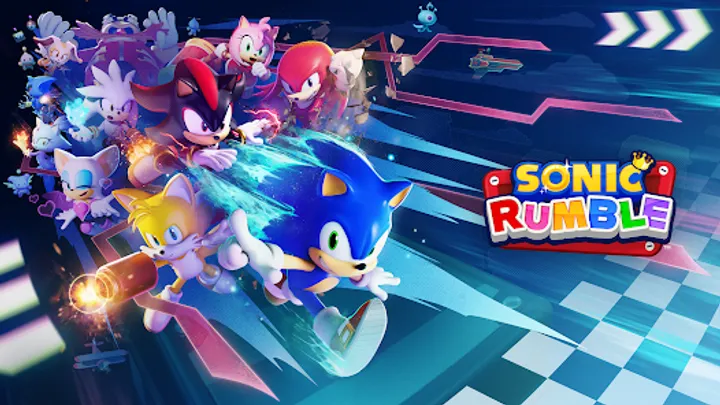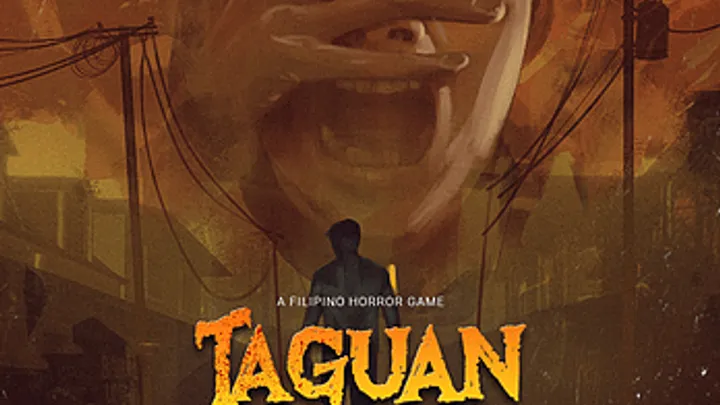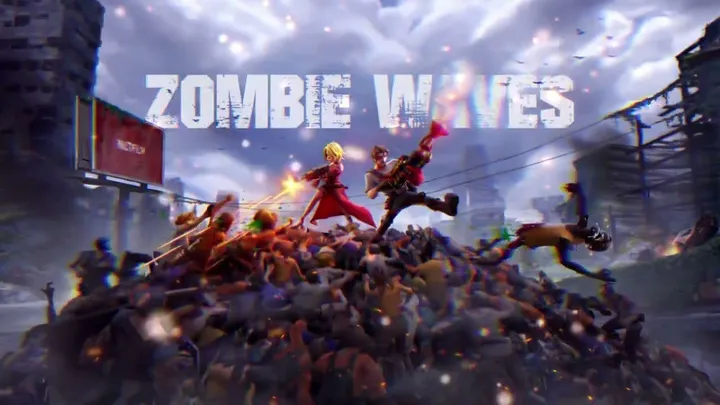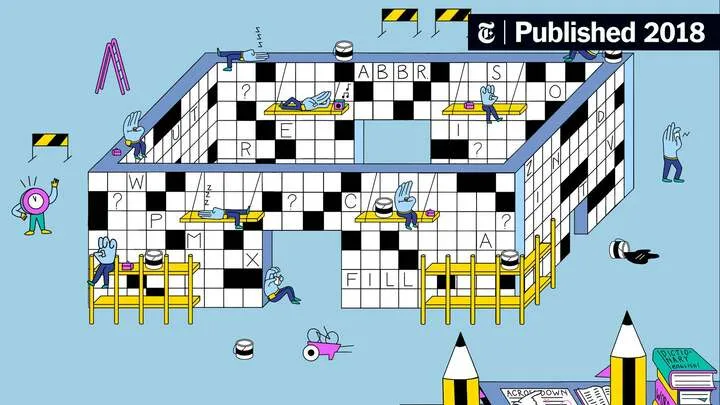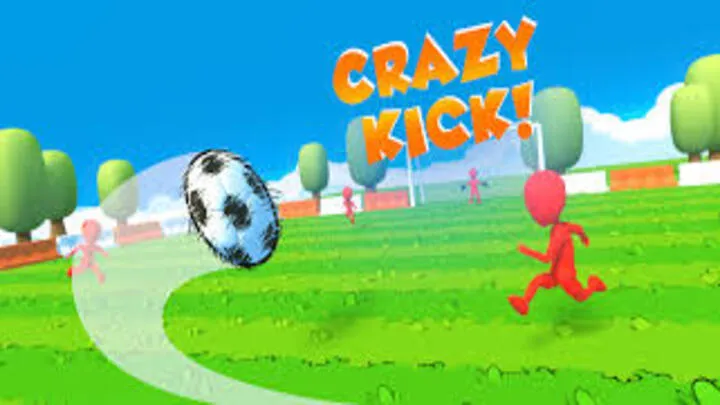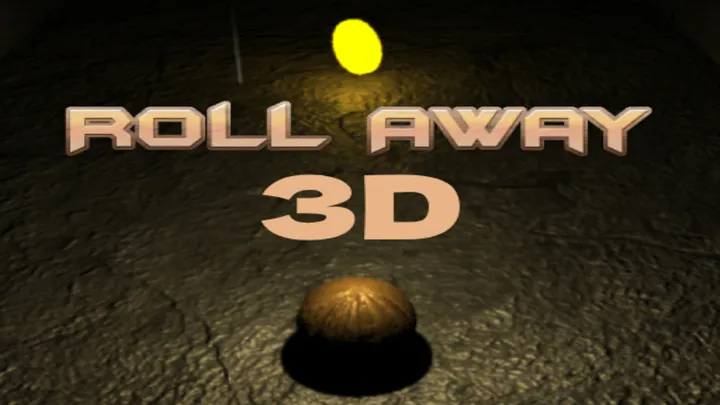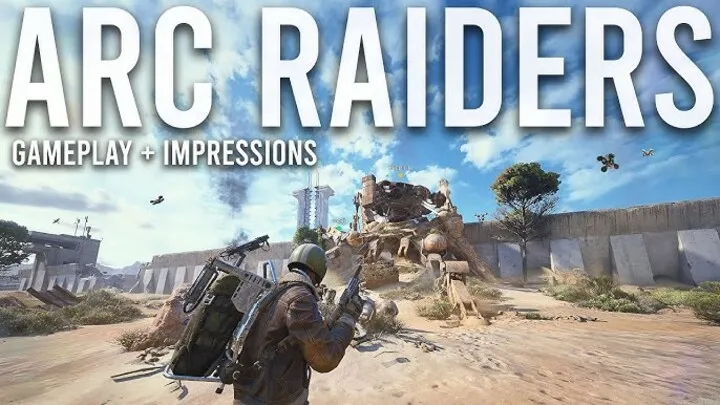Escape from Duckov may present itself as a frantic, chaotic survival experience, but beneath its absurdist humor and frantic pacing lies a deeply constructed psychological narrative about fractured identity. While the game is often described through its cartoonish aesthetics and unpredictable threats, one of its most powerful and overlooked elements is its architectural storytelling—specifically, how each environment is engineered to represent the gradual erosion of memory. Duckov is not simply a city you escape; it is a city that strips you.

This article explores a single, tightly-focused topic: the psychological architecture of identity loss in Escape from Duckov. Rather than explaining gameplay mechanics or offering instructions, it interprets how the game physically shapes the player’s experience of memory breakdown. Across ten chronological sections, this analysis follows the player’s emotional trajectory through Duckov’s key districts, examining how space, humor, fear, and disorientation converge into a single narrative theme: Who are you when the city decides you shouldn’t know?
THE FIRST DISTRICT: WHERE IDENTITY BEGINS TO GLITCH
The earliest zone in Duckov is deceptively calm, almost playful in tone. Buildings lean slightly off-center, street signs repeat themselves, and NPCs greet the player with rehearsed friendliness. This is the stage where the game subtly introduces the concept of memory instability. Nothing here explicitly threatens the player’s sense of self, but everything feels wrong in ways that accumulate quietly.
The glitch-like behaviors serve as the game’s first reminder that Duckov is a place where consistency can’t be trusted. People recognize you too quickly, or not at all. Some call you by a name you’ve never been given. Others insist they’ve seen you somewhere impossible. There is no confrontation—only implication. And implication, in Duckov, is the first step toward extraction.
THE LOST STREET SIGNS: NAVIGATION AND THE FRAGMENTATION OF MEANING
As the player travels deeper into the city, one of the earliest mechanical frustrations becomes thematic: navigation itself. Street signs stop pointing in logical directions, instead looping back, switching languages, or displaying phrases that resemble personal memories despite having no direct link to the player’s actions.
A sign that once said “South Market” may later read “You Were Here Yesterday,” as if the environment has begun speaking directly to the player’s subconscious. The game never confirms whether these messages are hallucinations, projections, or simply Duckov’s way of rewriting reality.
This section introduces one of the game’s central patterns: external objects adopting internal meaning. Objects in the world begin to reflect aspects of the player’s identity—not as it is, but as Duckov wants it to be. Navigation, then, stops being about direction and becomes about recognition. The city forces the player to ask: Is the world changing, or is your memory collapsing?
THE RESONANCE TUNNELS: SOUND AS A MEMORY DISRUPTOR
Upon reaching the underground tunnels, the environment shifts dramatically. These tunnels echo not only the sounds of footsteps and dripping water, but faint voices that resemble distorted memory fragments. They’re not jump scares; they’re reminders.
The voices whisper half-familiar phrases, childhood songs, or fragmented conversations that may or may not belong to the player. The sound design here is meticulous. Instead of threatening the player with monsters, it threatens them with context. The tunnels isolate the player physically and mentally, forcing them to grapple with the idea that their identity might not be singular—or might be dissolving entirely.
H3: Sound as Symbol
- It represents internal doubt
- It distorts the player’s emotional grounding
- It rewrites the player’s sense of continuity
These tunnels illustrate the first true break between in-game identity and player-controlled identity. The city is no longer confused about who you are. It is starting to decide.
THE MARKET OF FACES: CHANGING SELF THROUGH SOCIAL PRESSURE
The marketplace is Duckov’s most chaotic area, yet it delivers the narrative’s sharpest commentary. Vendors sell masks, name tags, identity papers, and caricatures of the player’s appearance—some accurate, others disturbingly altered. NPCs here behave with aggressive enthusiasm, often pushing identity items into the player’s hands as if insisting, This is who you are now.
These interactions display a core theme: identity as commodity. In Duckov, selfhood isn’t discovered or defended; it’s purchased, traded, and misplaced. When NPCs call the player by different names depending on what object they’re holding, it becomes clear that personal identity is no longer internal—it is externally imposed.
The Market of Faces acts as a psychological turning point, demonstrating how easily selfhood can be overwritten when society rewards compliance over authenticity.
THE ARCHIVES OF FORGOTTEN NAMES: WHEN DOCUMENTS LIE
After escaping the marketplace, the player reaches an abandoned bureaucratic building: the Archives. Here, identity is not sold but catalogued. Yet the catalogs contradict themselves. Files contain multiple versions of the same individual with different backstories, choices, and outcomes. Some documents include hints about the player; others portray the player as a villain, a hero, a stranger, or someone who never existed.
This is where the game expands its thematic intent. Duckov isn’t merely distorting identity—it is replacing it with alternatives. The Archives show that the city has been reclassifying people for years, redrawing personal histories like annotations.
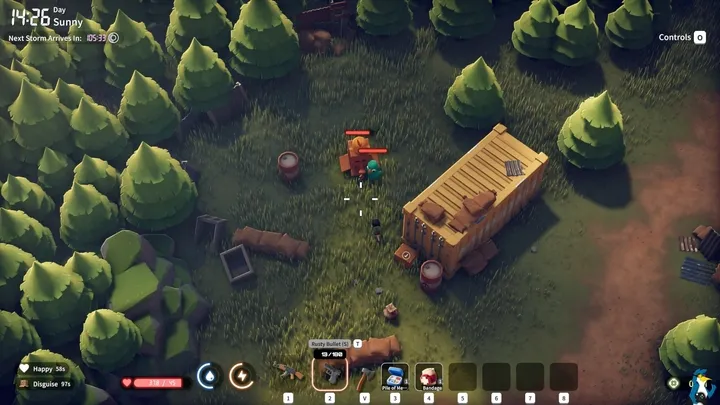
In this environment, the player faces not danger but doubt. Seeing a file with your name—followed by data that conflicts with everything you know—creates psychological strain. The game doesn’t attack you. It gives you paperwork and asks: Which version of you is real?
THE ECHO BRIDGE: WHEN MEMORY SPLITS INTO TIMELINES
The Echo Bridge is a surreal location that serves as the game's most direct confrontation between present actions and forgotten pasts. Crossing the bridge triggers overlapping visual overlays where the environment flickers between states: sunset and night, crowded and empty, broken and intact.
During these distortions, silhouettes of the player appear and disappear—performing actions the player never initiated. These are not ghosts, nor future selves. They are alternative memories, generated or altered by Duckov’s influence. The player becomes both traveler and observer, both present and absent.
H4: The Three Layers of Identity on the Bridge
- What you remember
- What the city remembers
- What you could become if the city wins
The Echo Bridge teaches the player that identity is not singular—it is a negotiation between memory, perception, and environment. And in Duckov, the environment always negotiates the hardest.
THE CITY CENTER: THE SOCIAL STRIPDOWN OF SELFHOOD
Entering the central district of Duckov is like stepping into the city’s collective consciousness. Giant billboards display messages like “BE WHO YOU’RE TOLD TO BE” or “THE FUTURE IS A CORRECTION.” Pedestrians walk in synchronized patterns, occasionally breaking formation to mimic the player's movements with eerie precision.
This is where Duckov demonstrates that identity loss is not personal—it is cultural. Individuality is discouraged through repetition, conformity, and spectacle. Every corner of the City Center pressures the player toward assimilation, not through fear but through normalization.
The psychological architecture here reveals Duckov’s true method: identity is erased not through force, but through imitation. The more the player sees themselves reflected in the actions of strangers, the less certain their own behavior becomes.
THE HALL OF MISREMEMBERED EVENTS: HISTORY AS A WEAPON
Deep in the City Center lies an unsettling museum-like structure where Duckov displays curated “historical events” that contradict the player’s lived experience. Displays show earlier gameplay sequences—except they didn’t happen that way. Certain characters appear that the player never met. Other events are erased entirely.

By rewriting its own past, Duckov begins to rewrite the player's past. The Hall is a narrative demonstration of how institutions shape identity by shaping memory. The exhibits are polished, confident, authoritative. They don’t merely replace truth—they convince you that your original truth was flawed.
This section forces the player to confront a harsh thematic conclusion: if memory can be overwritten, identity follows. Duckov doesn’t need to change who you are; it only needs to change what you remember being.
THE APARTMENT OF UNLIVED LIVES: WHERE THE PLAYER MEETS THEMSELVES
In one of the game’s most haunting environments, the player discovers an apartment filled with personal belongings that seem to belong to them—photos, letters, childhood toys—yet none are familiar. The furniture is arranged in a way that feels both intimate and alien, creating a sense of déjà vu without foundation.
The apartment symbolizes identity as environment. The more the player explores, the more they feel that this could have been their home, had their life taken an alternate path. Duckov isn’t just removing memories; it is offering replacements. It is redefining who the player might have been, introducing temptation into destruction.
Lists of “Moments You Don’t Remember” appear on notes throughout the apartment, such as:
- Your first day of school
- The argument you never had
- The promise you never broke
Each note creates a psychological void—a space where absence feels suspiciously like presence lost.
THE STATION OF RETURN: THE FINAL NEGOTIATION OF SELF
The final chapter takes place in the city’s central station, a location that symbolizes departure, arrival, and transition. Trains arrive carrying passengers who all resemble the player. Some versions look older. Some wear different clothes. Some carry wounds the player never received.
In this space, Duckov confronts the player with versions of themselves—none perfectly accurate, none entirely false. The station acts as a metaphorical crossroads, forcing the player to recognize that identity is not singular but negotiated.
Ultimately, the station sequences present the player with a realization: Duckov cannot erase your identity, but it can bury it under layers of possibility. The final exit from the station is not an escape from Duckov—it’s an escape from the identities Duckov has attempted to impose.
Conclusion
Escape from Duckov disguises its psychological depth in humor and chaos, but at its core, it tells a meticulous story about the fragility of identity in an environment engineered to erase it. Through distorted architecture, contradictory documents, alternative timelines, and places that remember more about the player than the player remembers themselves, Duckov constructs a world where selfhood is never stable.
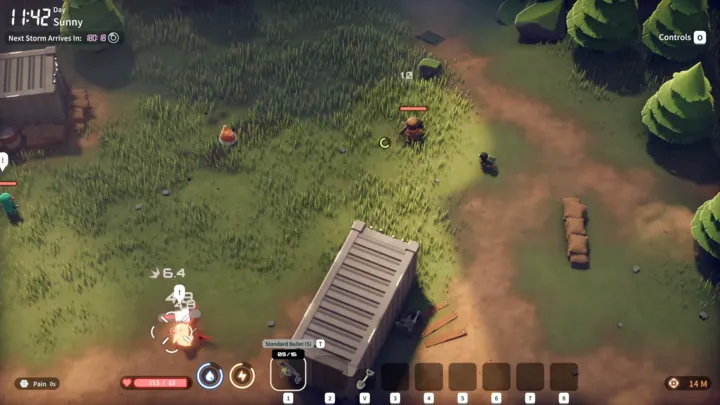
The journey through the city is not merely a physical escape—it is a negotiation of meaning. Each district peels another layer from the player’s identity, replacing memories with reflections, distortions, and illusions. The game does not ask whether you can escape Duckov. It asks whether you can escape the version of yourself Duckov builds for you.





